SparkFun IoT Starter Kit with Blynk Board
Blynk is an easy to use app builder that allows users to add a variety of buttons, sliders, graphical displays and even RGB controllers to their phone. The SparkFun Blynk Board is specially designed to work with the ‘widgets’ within the Blynk mobile app to create your next IoT project. Monitor local weather conditions, control LEDs from your phone, even send a tweet when it’s time to water your plants!
The SparkFun IoT Starter Kit with Blynk Board is a great way to gain a solid introduction to the world of Internet of Things (IoT) technology without any difficult programming. With this kit you will be able to get your Blynk Board connected and, by utilizing the pre-loaded projects, use diverse set of components to build an array of web- and phone-connected projects.
Every Blynk Board comes fully programmed and also includes a Blynk subscription code card (15k Energy at a $10 value), which will be needed to connect the Blynk Board to your Blynk account. Simply connect to a Wi-Fi signal and you are ready to use this starter kit! Getting started with your Blynk Board and getting it connected to the Blynk App on your iOS or Android device is a breeze. Once you’ve played with the ZeRGBa (a festively colored zebra 'widget' that can change the color of the on-board RGB LED) checkout our step-by-step project guide with detailed images on how to add and control the large selection of widgets within Blynk.
The kit does not require any soldering and is recommended for anyone with a drive to learn more about Blynk and its uses. So if you are looking for a new challenge or a way to get in on the IoT craze, check out the SparkFun IoT Starter Kit with Blynk Board!
Note: The Blynk app is compatible with iDevices running iOS 7.0+, and Android’s running any version above or equal to 4.0.
Note: Customers who initially order this Starter Kit may receive a white USB wall wart instead of the one listed below and seen in the image above. The included wall wart will be capable of 5V and 1A regardless of what it looks like.
Project Examples:
- Project 1: Blynk Button, Physical LED
- Project 2: Physical Button, Blynk LED
- Project 3: Slide-Dimming LEDs
- Project 4: Temperature and Humidity Values
- Project 5: Gauging the Analog-to-Digital Converter
- Project 6: Automating With the Timer
- Project 7: The LCD's Wealth of Information
- Project 8: Joystick Joyride
- Project 9: Graphing Voltage
- Project 10: Charting Lighting History
- Project 11: Terminal Chat
- Project 12: BotaniTweeting
- Project 13: Push Door, Push Phone
- Project 14: Status Emails
- SparkFun Blynk Board - ESP8266
- SparkFun Soil Moisture Sensor (with Screw Terminals)
- Magnetic Door Switch Set
- Sub-Micro Size Servo
- Slide Pot - X-Large (10k Linear Taper)
- Toggle Switch
- Mini Photocell
- Red, Blue, Yellow, and Green LEDs
- Pocket Screwdriver Set
- Resistor 10K Ohm 1/6th Watt PTH - 20 pack
- Resistor 330 Ohm 1/6 Watt PTH - 20 pack
- Alligator Test Leads - Multicolored (10 Pack)
- Jumper Wires - Connected 6" (M/M, 20 pack)
- USB microB Cable - 6 Foot
- Wall Charger - 5V USB (1A)
SparkFun IoT Starter Kit with Blynk Board Product Help and Resources
Getting Started with the SparkFun Blynk Board
March 25, 2016
How to provision a Blynk Board - get it connected to Wi-Fi and Blynk, so you can start Blynking!
Blynk Board Project Guide
March 25, 2016
A series of Blynk projects you can set up on the Blynk Board without ever re-programming it.
Blynk Board Bridge Widget Demo
March 25, 2016
A Blynk project that demonstrates how to use the Bridge widget to get two (or more) Blynk Boards to communicate.
Blynk Board Arduino Development Guide
March 25, 2016
How to get your computer set up with Arduino and the Blynk Board hardware definitions -- so you can start creating Blynk projects of your own!
Core Skill: Robotics
This skill concerns mechanical and robotics knowledge. You may need to know how mechanical parts interact, how motors work, or how to use motor drivers and controllers.
Skill Level: Rookie - You will be required to know some basics about motors, basic motor drivers and how simple robotic motion can be accomplished.
See all skill levels
Core Skill: DIY
Whether it's for assembling a kit, hacking an enclosure, or creating your own parts; the DIY skill is all about knowing how to use tools and the techniques associated with them.
Skill Level: Noob - Basic assembly is required. You may need to provide your own basic tools like a screwdriver, hammer or scissors. Power tools or custom parts are not required. Instructions will be included and easy to follow. Sewing may be required, but only with included patterns.
See all skill levels
Core Skill: Programming
If a board needs code or communicates somehow, you're going to need to know how to program or interface with it. The programming skill is all about communication and code.
Skill Level: Noob - Programming will be limited to basic drag and drop interfaces like ModKit or Scratch. You won't be writing code, but you will still need to understand some basics of interfacing with hardware. If you?re just using a sensor, it's output is analog.
See all skill levels
Core Skill: Electrical Prototyping
If it requires power, you need to know how much, what all the pins do, and how to hook it up. You may need to reference datasheets, schematics, and know the ins and outs of electronics.
Skill Level: Rookie - You may be required to know a bit more about the component, such as orientation, or how to hook it up, in addition to power requirements. You will need to understand polarized components.
See all skill levels
Comments
Looking for answers to technical questions?
We welcome your comments and suggestions below. However, if you are looking for solutions to technical questions please see our Technical Assistance page.
Customer Reviews
4.2 out of 5
Based on 6 ratings:
5 of 5 found this helpful:
Practical IoT Starter kit
Getting your head wrapped around IoT projects can be difficult, but this kit and the excellent SparkFun tutorials take a lot of the mystery and most of the frustration out of the equation.
Everything needed to do all the projects is included except for the Power Tail relay, which I happened to have on the shelf.
While I consider myself an intermediate maker, the investment in this kit and a couple of afternoons of my time really paid off.
If you are unsure what you are getting into, read the project write-ups first.
1 of 9 found this helpful:
Very disappointed - stay away
Starter kit comes with basic board and some sensors to connect. Everything you think you need to get started creating projects and having fun. Included in the kit are a handful of LEDs with required resistors. THERE IS NO BREADBOARD TO CONNECT ANY OF THESE NEAT THINGS!!! If you create a starter kit, at least include a proper project board to plug in components. Very disappointed in the 'kit'.
This kit is intended to use the provided alligator clips for connections, not a breadboard. This is discussed in the project guide.
To hook up resistors and LEDs, the intended work around is shown in Project 1 of the hook up guide, you will twist the resistor and LED legs together to make the connection. If you wish to use a breadboard they are sold separately.
Really easy and fun
Very easy to setup and do a few experiments. Beware to remove assigned PINS when you change experiments, if you do not is impossible to free them...you cannot use the board anymore except that is possibile to 'format' the device (restore as default) using a computer and the Arduino SDK, the help desk kindly sent me the download link and the instructions. And finally once you're done the experiments you can use the ArduinoSDK to write directly your programs!
Really neat package
I probably didn't need to buy the whole Starter Kit, but I wanted to make sure that I had something that was complete, and what the heck, I can afford it. After installing the Blynk app on my phone, and running most of the projects in the tutorial, I can honestly say, it was good to have the whole kit so I could try out everything without having to look for parts. The whole Blynk system is really neat, and there are a ton of things that you can do with the board and the app. I also ordered the less expensive ESP8266 Thing Dev board, and that works great, also, but I highly recommend the full Starter Kit, just for the convenience when getting started.
Great starter kit for newbies to integrate wifi
Great starter kit to learn how to integrate wifi into any project. Simple to pick up and learn even for a noob like me, from hardware to software side with Blynk. Fun kit that actually includes everything needed (no surprises, thanks Sparkfun team), and very rewarding. The community support is great too making this easy to tailor to any project.

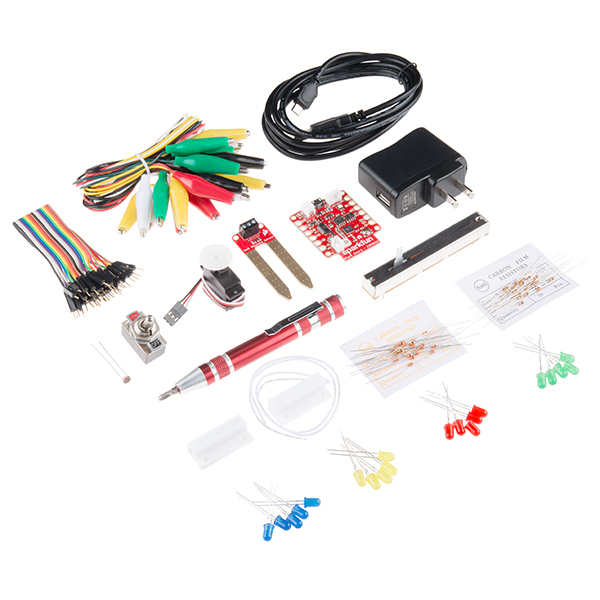
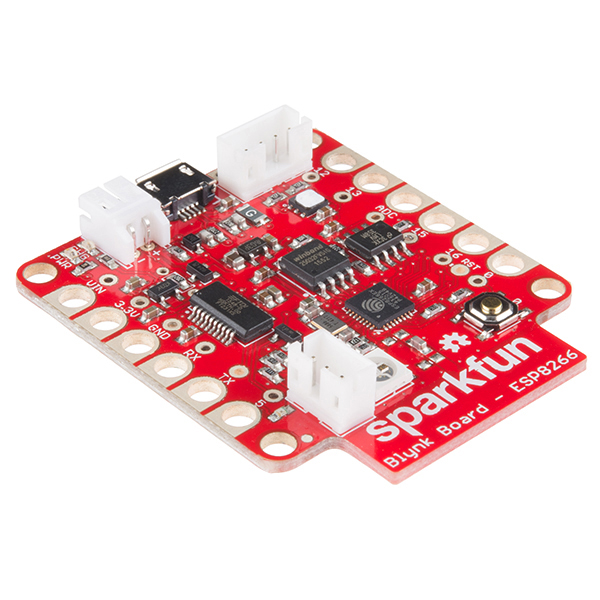
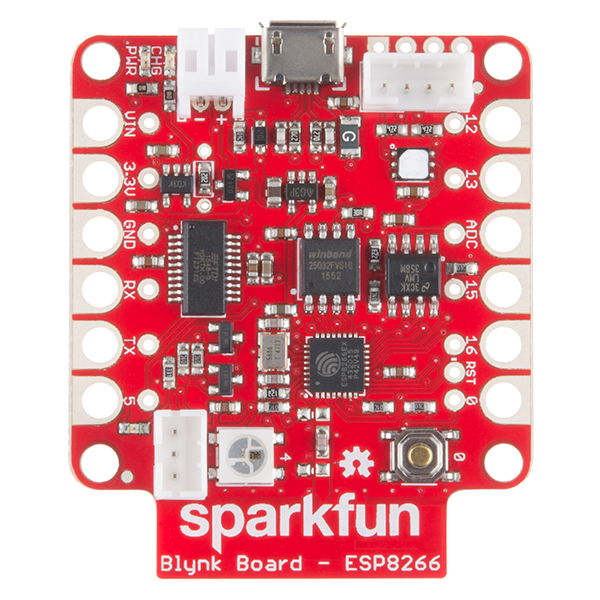
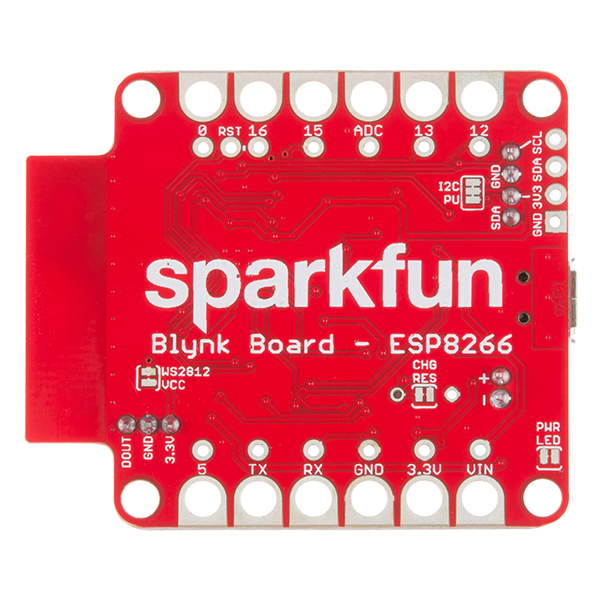
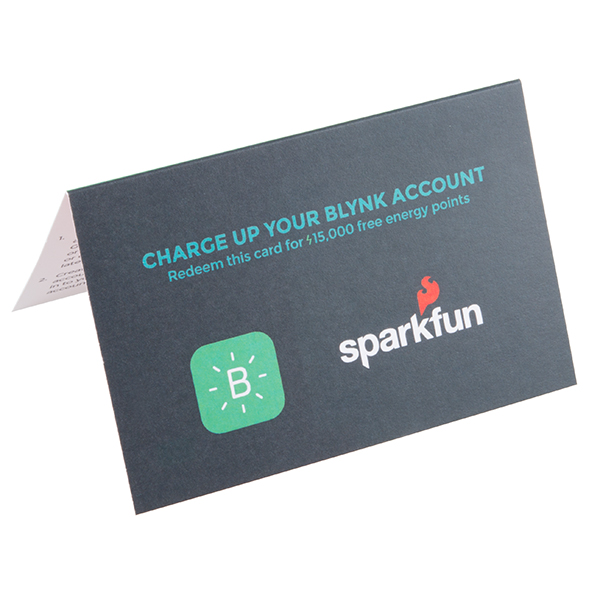
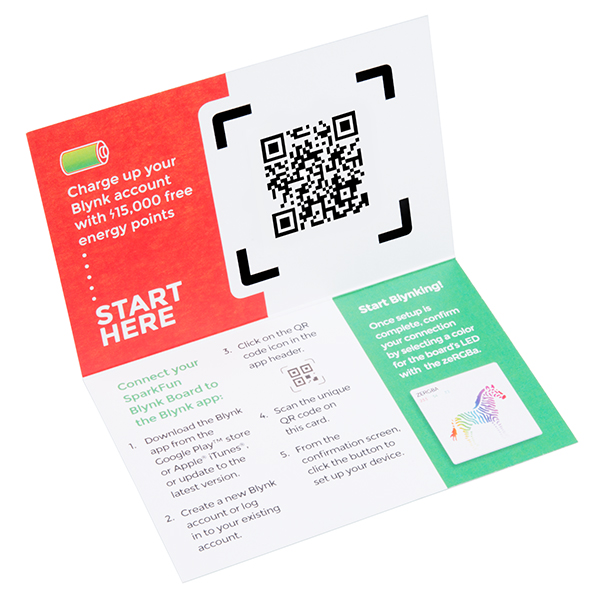
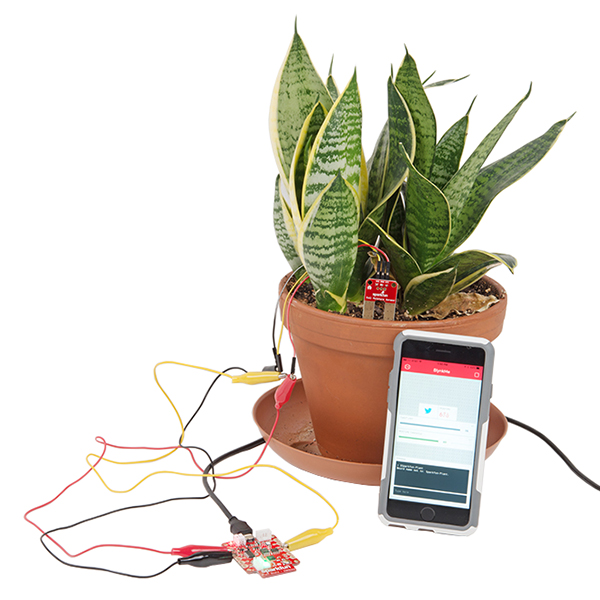
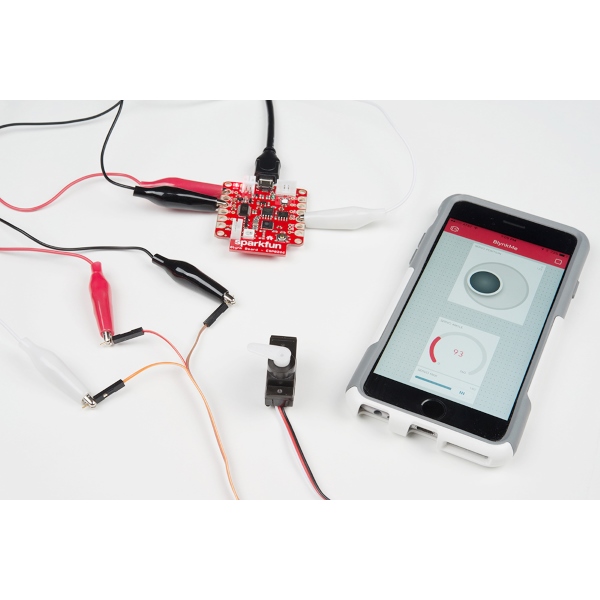
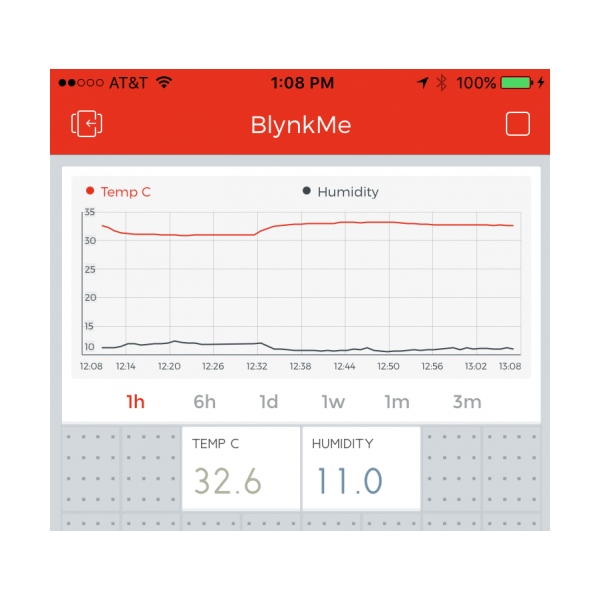

IS there a way to get the preloaded projects back onto the board? WE followed the Arduino setup guide and lost all the projects... for the Blynk Project Guide "All of the projects in this guide are pre-loaded into the Blynk Board." How do we get this back? Thanks
The source for the preloaded firmware is available at the GitHub page for the Blynk Board listed above under Documents. Just load the appropriate INO file into your arduino ide and upload it to the board.